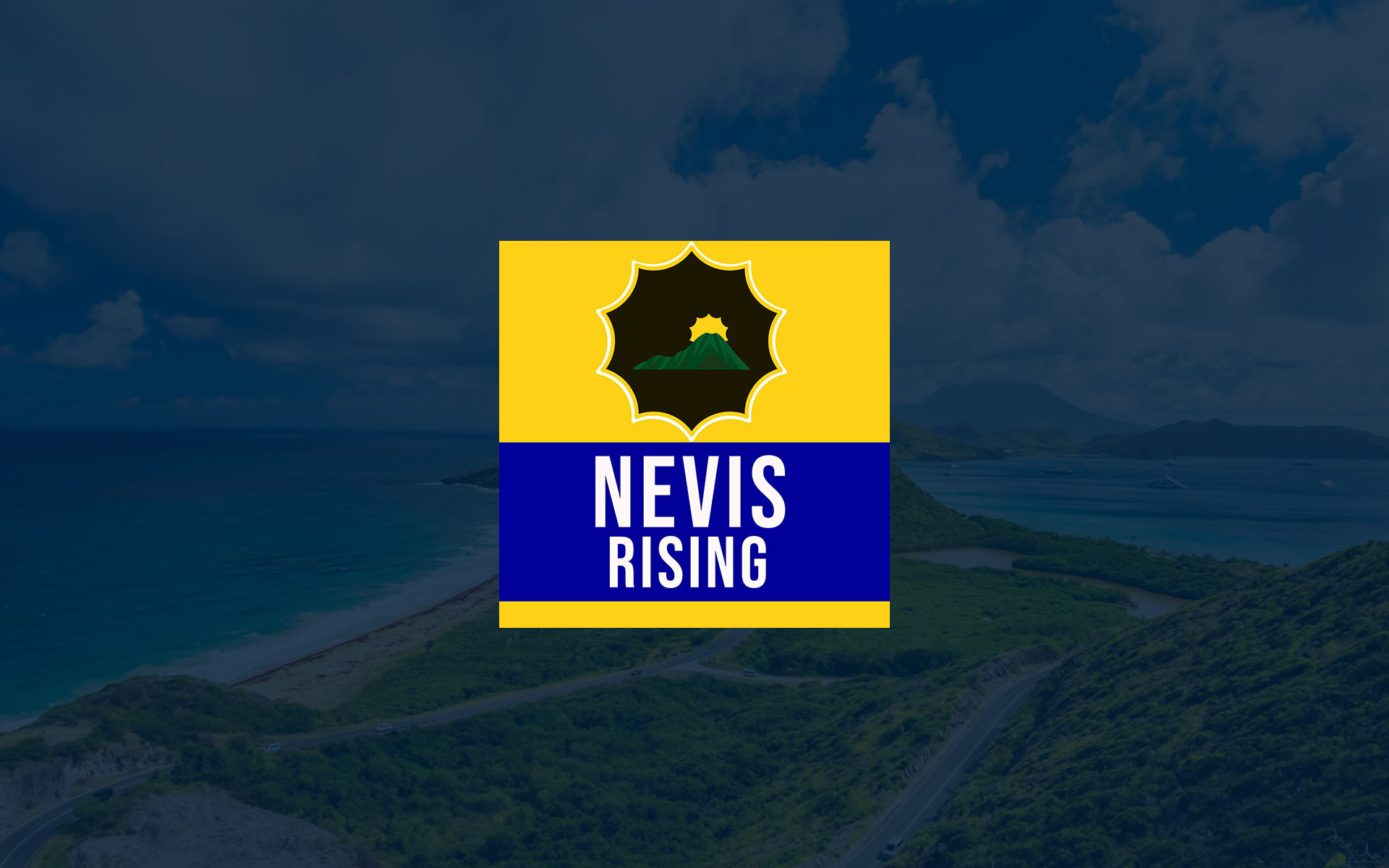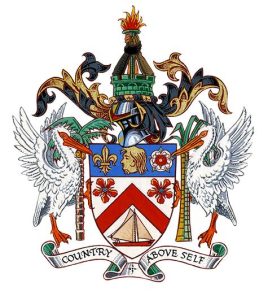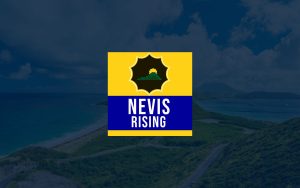Isle of No Return: A Milestone of the African Slave Trade
Goree Island, a somber testament to the horrors of the transatlantic slave trade, stands as a small island off the coast of Dakar, Senegal. Established as a slave trading post by the Dutch in 1621, Goree’s strategic location as a safe harbor for slave ships facilitated the brutal trade in human lives for centuries. The island, later under French control along with Senegal, bore witness to the forced displacement of countless Africans, ripped from their homes and families, and shipped across the Atlantic to the Americas and the Caribbean. Today, Goree Island serves as a poignant reminder of this dark chapter in human history, drawing over a million visitors annually who come to grapple with the weight of its past.
The island’s main attraction, the House of Slaves, serves as a visceral representation of the inhumane conditions endured by the enslaved Africans. This museum, a UNESCO World Heritage site, offers a chilling glimpse into the cramped, unsanitary holding cells where men, women, and children were confined before being sold and transported across the ocean. The “Door of No Return,” a haunting portal through which countless Africans passed, never to see their homeland again, stands as a symbolic representation of the finality and brutality of the slave trade. The museum’s exhibits document the harrowing journey of the enslaved, from capture and confinement to the perilous Middle Passage and the brutal realities of plantation life. It serves as a vital educational resource, reminding visitors of the devastating impact of slavery and the importance of remembering this painful history.
Goree Island’s historical significance has drawn the attention of prominent figures from around the globe, including Nelson Mandela, former US Presidents Bill Clinton and Barack Obama, and Pope John Paul II. Mandela’s visit, a powerful symbol of resilience and forgiveness, resonated deeply with the island’s history of oppression and struggle. President Clinton’s visit highlighted the United States’ own complicated history with slavery, while President Obama’s presence underscored the enduring legacy of the transatlantic slave trade. Pope John Paul II’s visit, marked by a profound apology for the Catholic Church’s complicity in the slave trade, served as a crucial step towards acknowledging the institution’s role in this historical atrocity. These visits, each imbued with its own unique significance, have amplified the island’s message of remembrance and reconciliation.
Beyond the House of Slaves, Goree Island offers a glimpse into the lives of its current inhabitants. With a permanent population of approximately 1,500, the island’s economy is largely driven by tourism. Nearly all residents find employment as tour guides, sharing their knowledge of the island’s history and guiding visitors through its poignant landmarks. This dependence on tourism, while providing economic sustenance, also presents a complex dynamic. The island’s history as a site of immense suffering is now its primary economic driver, raising ethical questions about profiting from such a painful past. Balancing the need for economic survival with the imperative to preserve the island’s historical integrity remains a significant challenge.
The island’s unique blend of historical significance and natural beauty draws a diverse range of visitors seeking both education and reflection. Beyond the House of Slaves, visitors can explore the island’s tranquil streets, lined with colorful colonial-era buildings, and soak in the breathtaking views of the Atlantic Ocean. The island’s serene atmosphere, juxtaposed with its tragic history, creates a powerful and emotional experience for visitors. This contrast underscores the resilience of the human spirit, highlighting the ability to find beauty and hope even in the face of immense suffering. Goree Island serves as a testament to the power of memory and the enduring importance of confronting difficult historical truths.
Goree Island stands as a powerful symbol of the enduring legacy of the transatlantic slave trade. It is a place of remembrance, reflection, and reconciliation, offering a poignant reminder of the horrors of slavery and the importance of fighting for human dignity and freedom. The island’s history serves as a stark warning against the dangers of prejudice and discrimination, while also offering a glimmer of hope for a future where such atrocities are never repeated. Goree Island stands as a testament to the resilience of the human spirit and the enduring power of hope in the face of adversity, urging visitors to confront the past, learn from its lessons, and work towards a more just and equitable future.
Share this content:












Post Comment